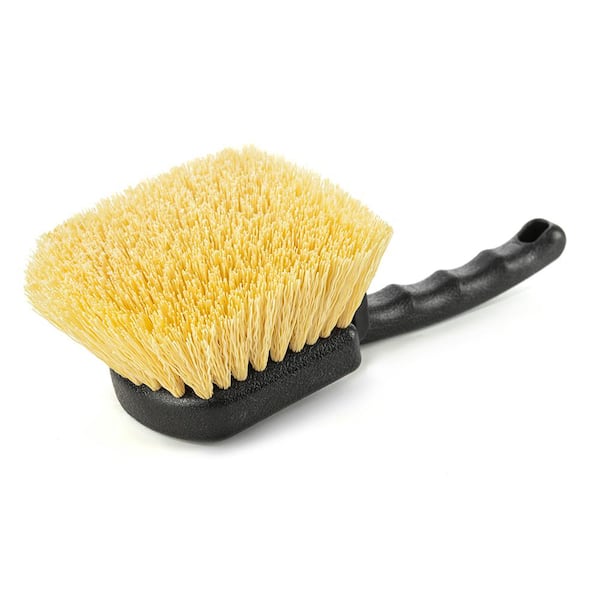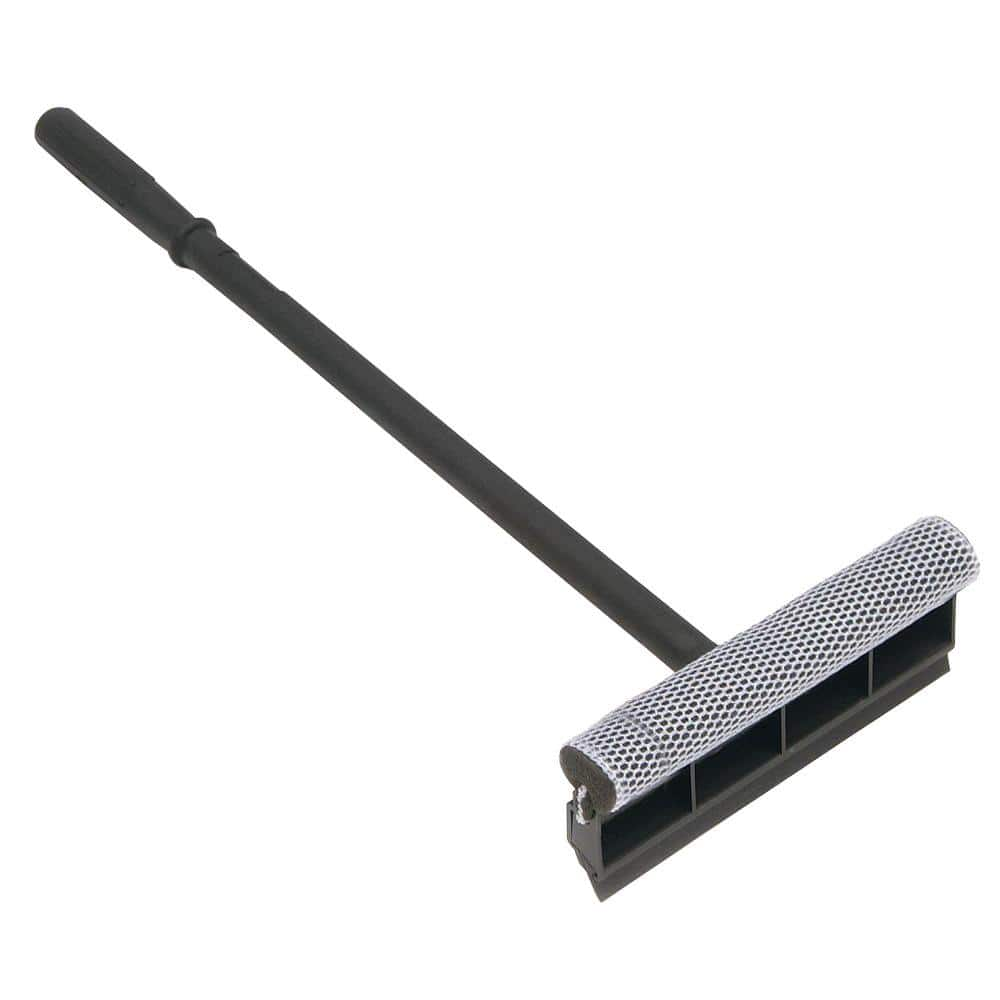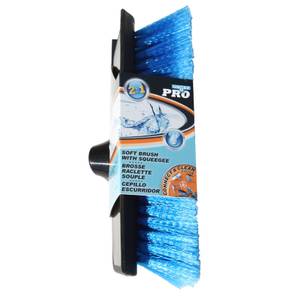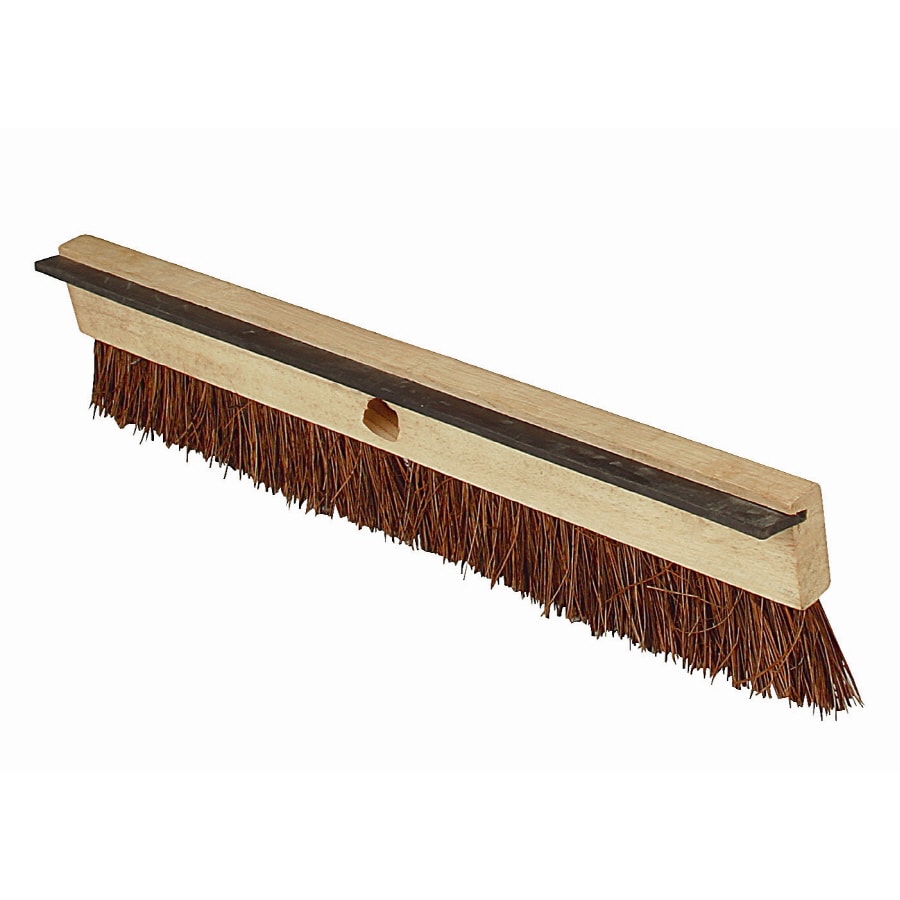
Harper 18 Inch Driveway Sealant Brush with Squeegee - Contractor-Grade Quality for Spreading and Applying Heavy Asphalt and Coatings in the Asphalt Squeegees department at Lowes.com

Amazon.com: Harper 37518700 All-Purpose Scrubbing & Squeegee Brush Set with 10 in. Wash Brush with Flow-Through Handle, 24 in. Floor Squeegee, 10 in. Deck Brush and 8 in. Handheld Scrub Brush : Everything Else

Amazon.com: Harper 37518700 All-Purpose Scrubbing & Squeegee Brush Set with 10 in. Wash Brush with Flow-Through Handle, 24 in. Floor Squeegee, 10 in. Deck Brush and 8 in. Handheld Scrub Brush : Everything Else

Amazon.com: Harper 37518700 All-Purpose Scrubbing & Squeegee Brush Set with 10 in. Wash Brush with Flow-Through Handle, 24 in. Floor Squeegee, 10 in. Deck Brush and 8 in. Handheld Scrub Brush : Everything Else
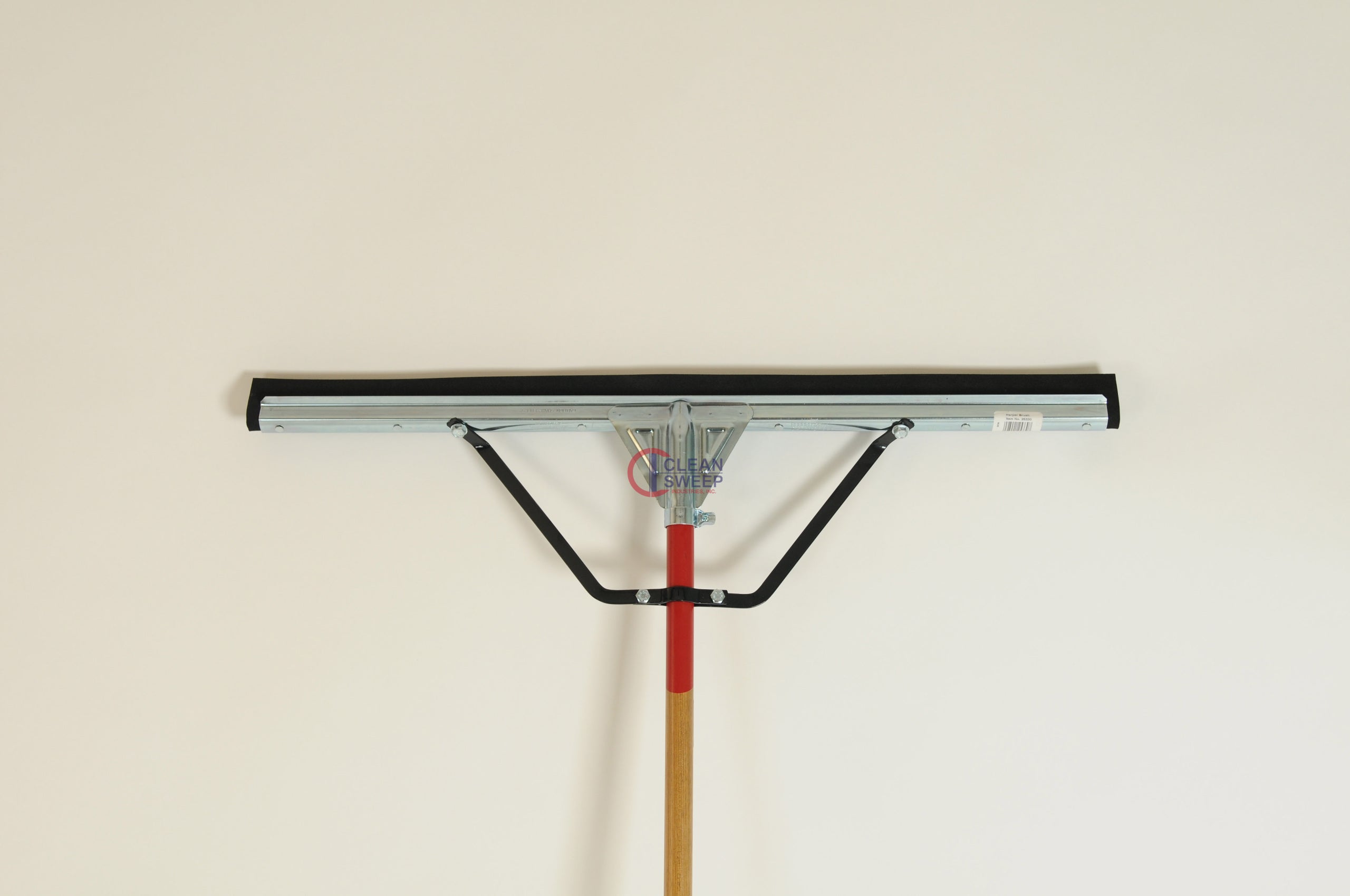
25330C Harper Industrial Straight 30" Premium Moss Foam Squeegee - Complete - Clean Sweep Industries - USA | Harper Brush Clean Sweep Industries

Amazon.com: Harper 37518700 All-Purpose Scrubbing & Squeegee Brush Set with 10 in. Wash Brush with Flow-Through Handle, 24 in. Floor Squeegee, 10 in. Deck Brush and 8 in. Handheld Scrub Brush : Everything Else

25636 Harper Industrial HD Curved Double Moss Foam 30" Squeegee - Replacement Head Only - Clean Sweep Industries - USA | Harper Brush Clean Sweep Industries

Amazon.com : Harper Brush Works 24-Inch Medium Surface Push Broom & Squeegee Combo With Handle Brace 1524A-1 : Cleaning Squeegees : Patio, Lawn & Garden

25330C Harper Industrial Straight 30" Premium Moss Foam Squeegee - Complete - Clean Sweep Industries - USA | Harper Brush Clean Sweep Industries

Amazon.com: Harper 37518700 All-Purpose Scrubbing & Squeegee Brush Set with 10 in. Wash Brush with Flow-Through Handle, 24 in. Floor Squeegee, 10 in. Deck Brush and 8 in. Handheld Scrub Brush : Everything Else

Amazon.com: Harper 37518600 6-Piece Car Wash Brush Set with Telescoping Flow-Through Handle, (3) Brush Heads, (1) Soft Hand Brush and (1) Stiff Hand Brush : Home & Kitchen
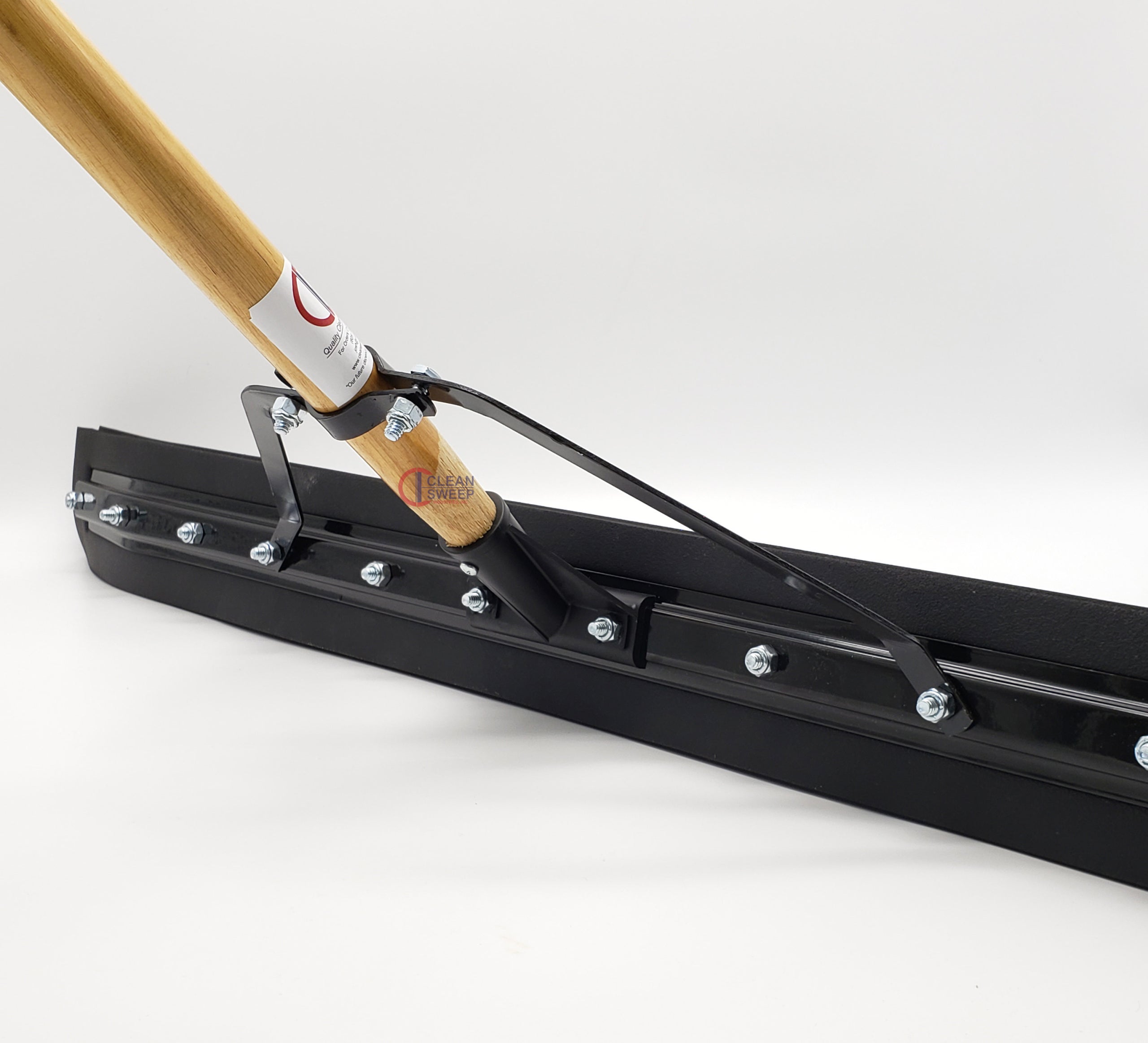
25636C Harper Industrial HD Curved Double Moss Foam 36" Squeegee - Complete - Clean Sweep Industries - USA | Harper Brush Clean Sweep Industries


